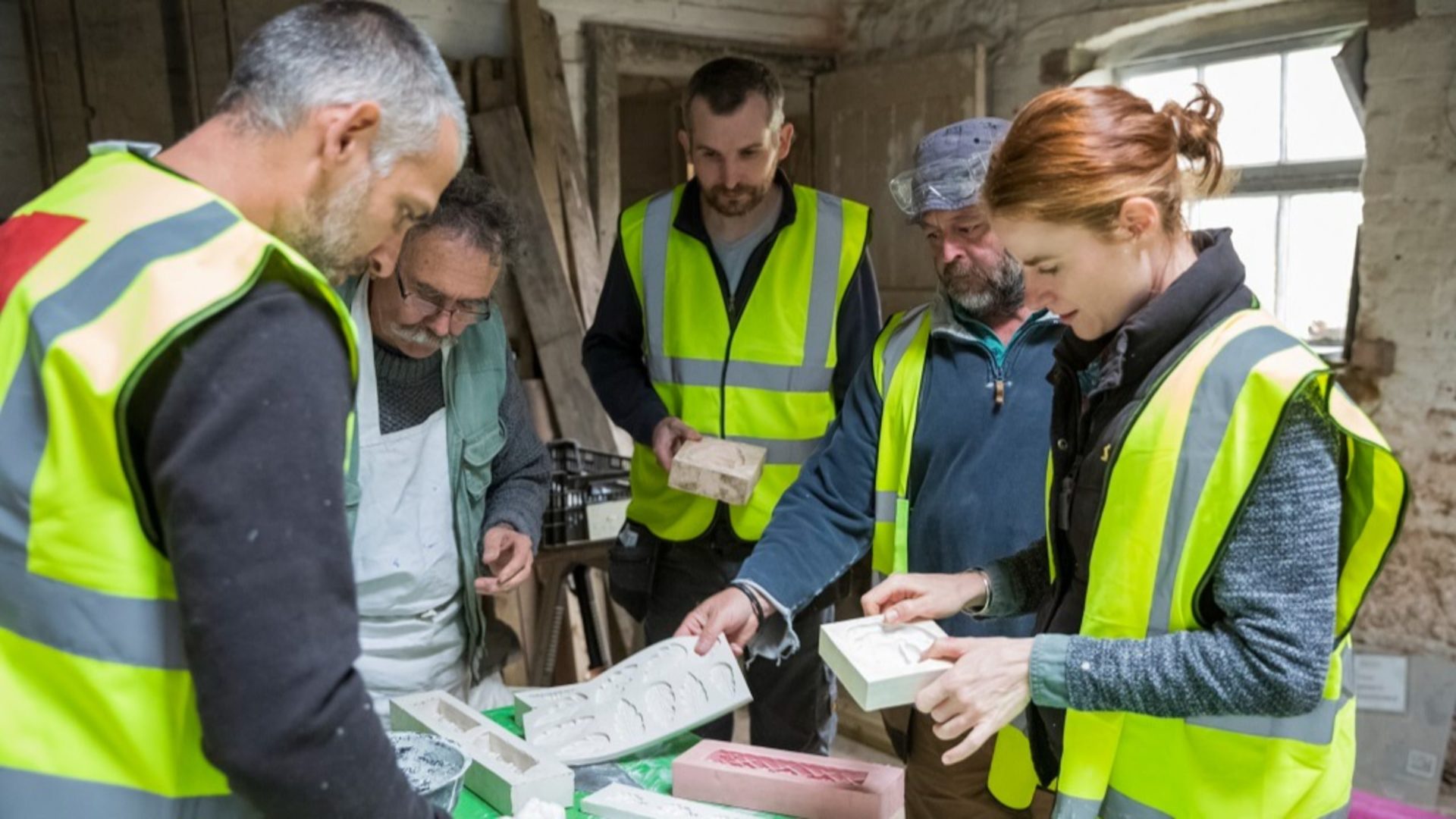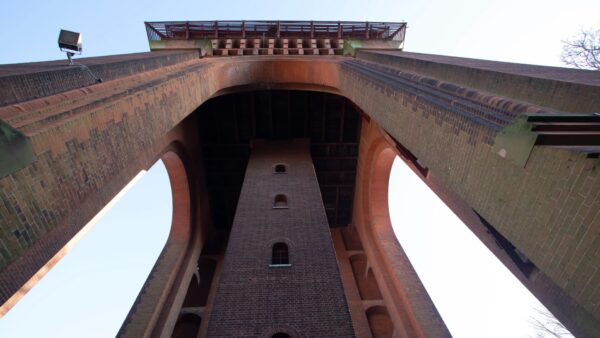
Scaling up the construction sector with the skills necessary to retrofit the UK’s historic buildings could lead to an annual economic output of £35bn and support around 290,000 jobs, a new report shows.
A retrofitting strategy could also help the country achieve its net zero goals by making heritage buildings more energy efficient, as well as reducing household energy bills and improving health and wellbeing.
The study was produced by the National Trust, Peabody, Historic England, The Crown Estate and property group Grosvenor. It highlights the social, environmental and economic benefits that upskilling the construction heritage workforce could bring to decarbonising the country.
The authors of the report call for government to work with industry on a national retrofit strategy that includes skills, training, funding, standards and advice that will provide long-term capacity for businesses, training providers and local government.
They also recommend making the apprenticeship levy funding more flexible by allowing unspent funds to be used to improve the reach and delivery of existing retrofit qualifications in the supply chain.
Between May 2019 and July 2022, £3.3bn of unused Apprenticeship Levy was returned to the Treasury.
“The construction industry, businesses and training providers need support to scale up,” said Tor Burrows, Grosvenor’s executive director of sustainability and innovation. “That’s why we’re calling on the government to work with us on creating a national retrofit strategy that sets out a clear path for upskilling the current workforce while bringing in a whole new generation.”
Supporting the transition to a green economy
Around a fifth of the UK’s greenhouse emissions come from buildings, of which a significant proportion are classed as historic. Retrofitting them through initiatives such as more energy efficient windows and heating systems lowers emissions and can prolong the life of an older building.
It also avoids the carbon footprint associated with demolition and new construction, particularly the large number of emissions resulting from cement and steel production.
However, the construction skills shortage, exacerbated by the pandemic, Brexit and an ageing workforce, is preventing progress in this area.
According to the report, more than 105,000 new workers, including plumbers, electricians, carpenters and scaffolders, will be needed to work on decarbonising the UK’s historic buildings every year for the next three decades if the UK wants to meet its 2050 net zero target.
Burrows added: “The Environmental Audit Committee [a select committee of MPs] has called for a national mobilisation on energy efficiency. We believe this captures the urgency of the task. The UK needs a long-term national retrofit strategy, led by the government, positively bringing together training, funding, and standards to sensitively decarbonise our historic buildings.
“Only then can we truly seize this opportunity to tackle a significant source of greenhouse emissions while protecting our much-loved built heritage.”











